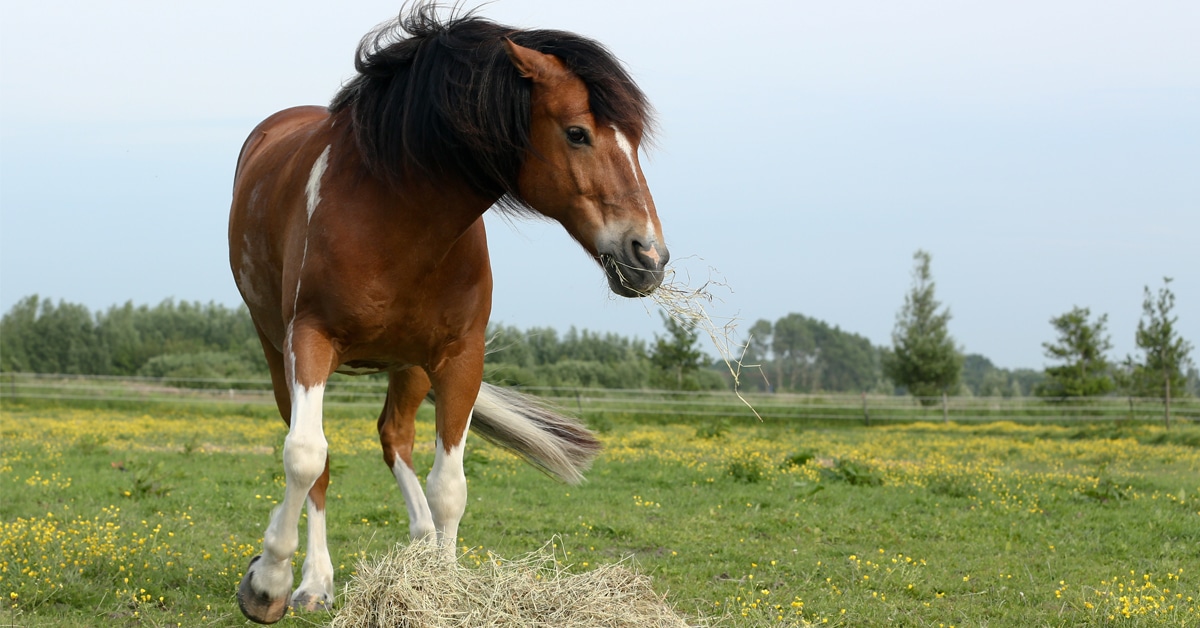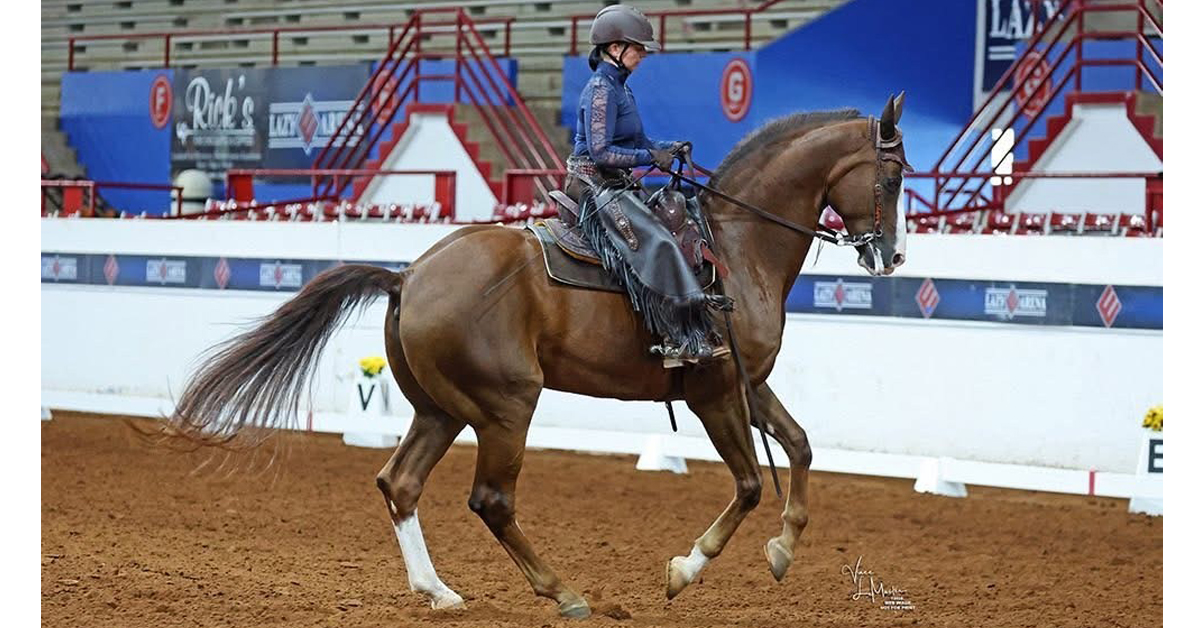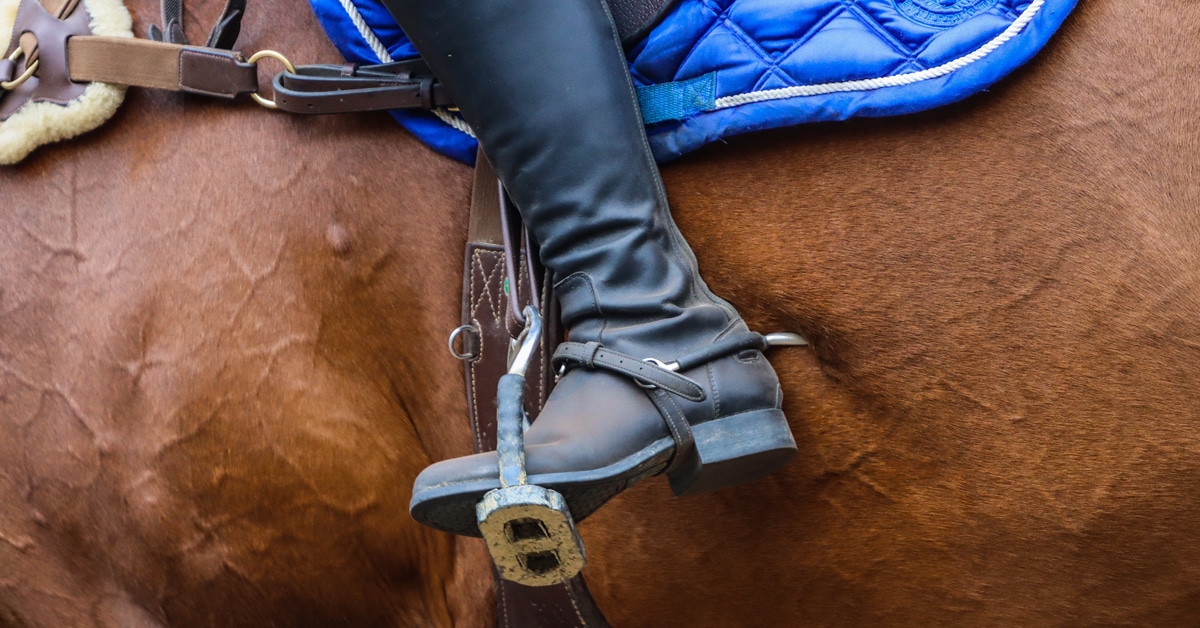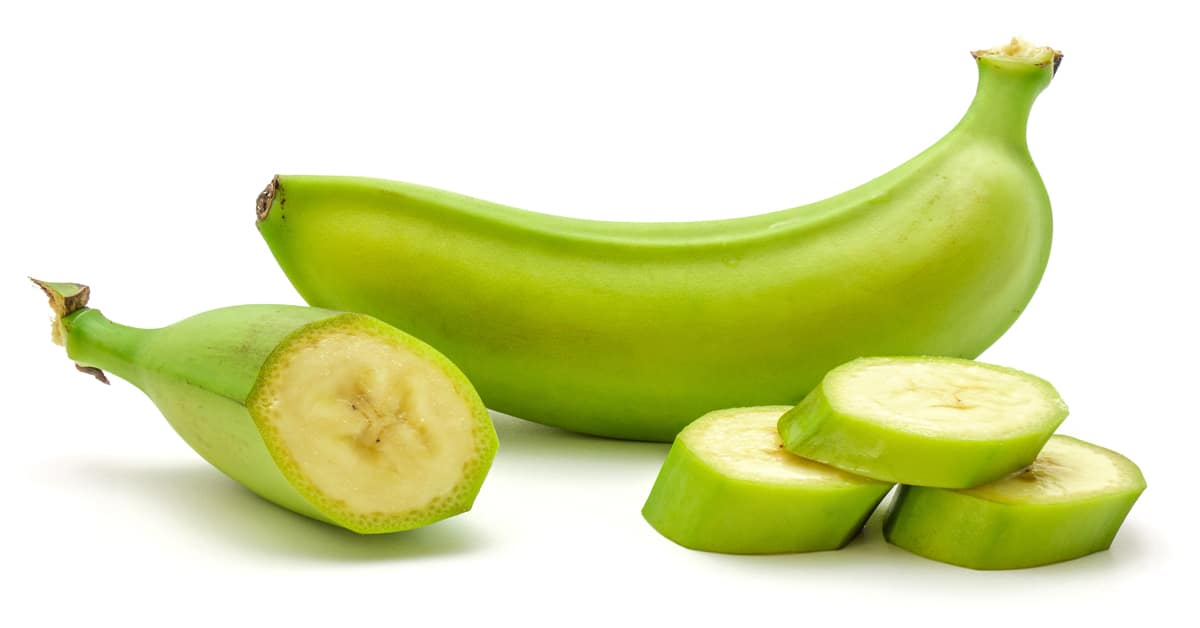There are two instances in which diet can play a role in the development of laminitis. The first is commonly known as ‘grain overload,’ where a horse or pony escapes from its stall, breaks into the feed room and eats far more grain than it should (anything more than 3 kg in one feeding can be risky). In this situation, excessive starches and sugars in the grains are insufficiently digested in the small intestine (where normal amounts of starch and sugar would be broken down to glucose and absorbed), and reach the large intestine. Here, the microbial population is suddenly overloaded with a novel substrate for them to ferment. They produce excessive gasses and acids (which can contribute to colic), altering the ecosystem and killing off microbes (in turn releasing harmful toxins), and resulting in the production of compounds called vasoactive amines. The absorption of these vasoactive amines and toxins into the bloodstream reach the hoof, where they break down the basolateral membranes of the lamina and can ultimately cause laminitis. Pasture-associated laminitis is similar, where either high sugars in the grasses, or specialized sugars called fructans, accumulate in the grass.
The other theory involves the horse’s metabolic system. Elevated concentrations of insulin in the blood can trigger laminitis, although the mechanism is not well understood. A horse can develop elevated concentrations of insulin in their blood when they develop insulin resistance, where insulin fails to regulate glucose concentrations and therefore more and more insulin is produced by the body. Insulin resistance can develop in horses that consume too much starch and sugar from high grain meals or pasture on a regular basis, are obese, or are genetically predisposed (easy keepers, ponies and some horse breeds).
Management for Prevention
Laminitis prevention includes dietary evaluation and restriction of starch and sugar, monitoring body weight and condition, regulating pasture access and making sure grain bins are kept tightly closed!
Monitoring body weight and condition is an easy tool that horse owners can use to help prevent laminitis. Weight tapes can be very useful to track changes in your horse’s girth. Body condition scoring classifies the amount of adipose (fat) tissue on your horse’s body, ideally between 4 and 5.5. A score of 7 or higher is considered overweight, which can increase your horse’s risk of insulin resistance and laminitis.
An owner who is concerned about laminitis should work with a nutritionist to develop a diet that provides the nutrients the horse needs, while also calculating the starch and sugar that your horse will consume. Many horses do not require much starch or sugar in their diet (<15% non-structural carbohydrates in the total diet), while others, athletes in particular, require it to help synthesize muscle glycogen for fuel.
Aim to feed as many meals per day as your barn can facilitate. That way, each meal is smaller, and therefore the starch in each meal will be less. And of course, if your horse needs to lose weight, your nutritionist can help you formulate a dietary and exercise plan. Weighing out your horse’s hay daily, along with not feeding any grain or pasture, may be recommended.
Your nutritionist and/or provincial agronomist can also give you insights about how to manage your horse’s pasture. Sugars and fructans are produced by grasses under sunny conditions during the day, but are used for growth overnight. Therefore, sugars and fructans are highest – and most dangerous – later in the day. They also tend to be higher in the spring and early fall, and can accumulate over days where it is very sunny, but cold overnight, which slows the normal overnight use. For horses at risk of laminitis or obesity, pasture may need to be restricted or access prevented altogether at some times of the day or year.
While there are some genetic risks to laminitis, or other non-nutritional causes such as load-bearing (as happened with Barbaro), many cases can be prevented through good management and nutrition.
The Latest









